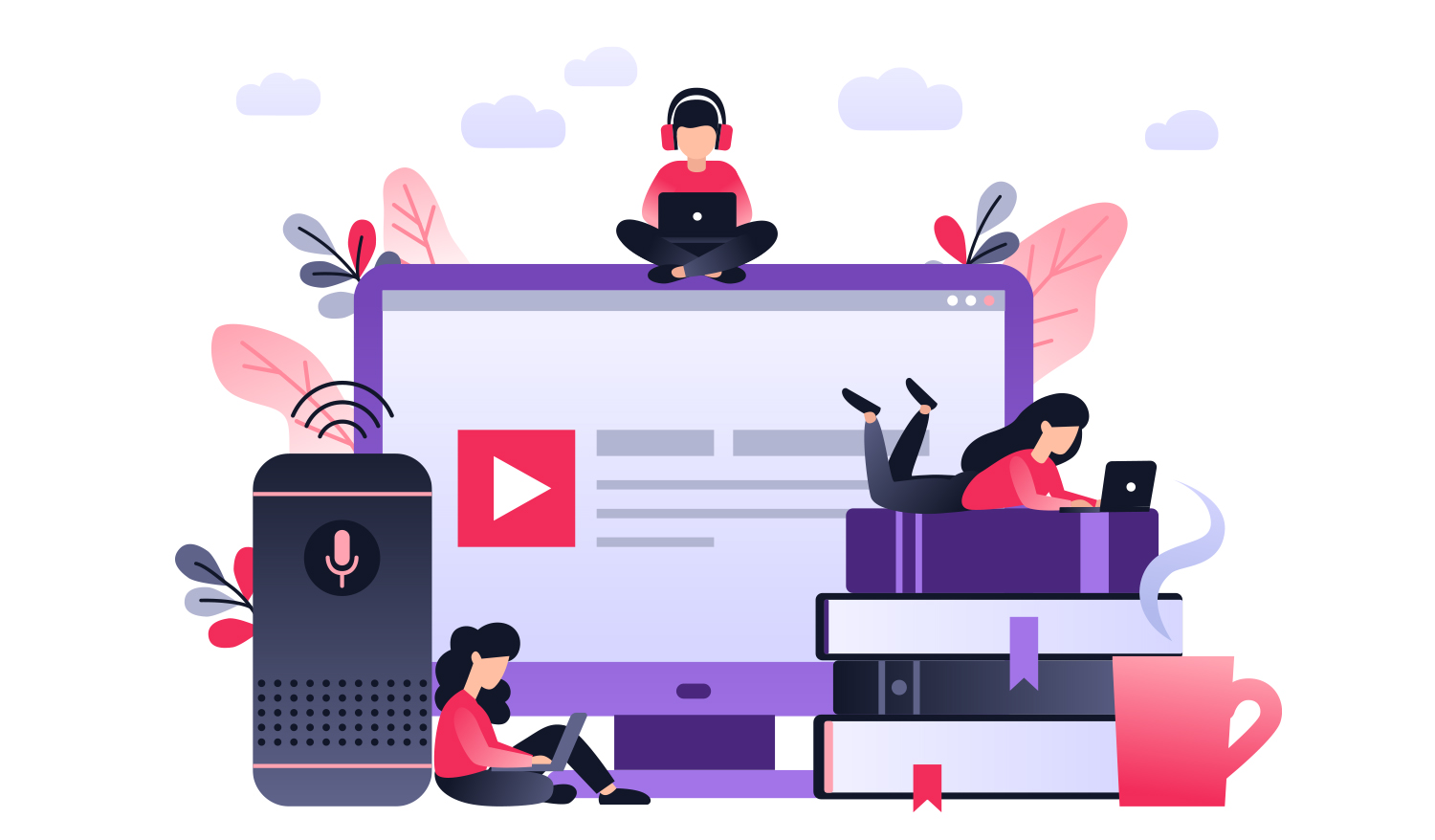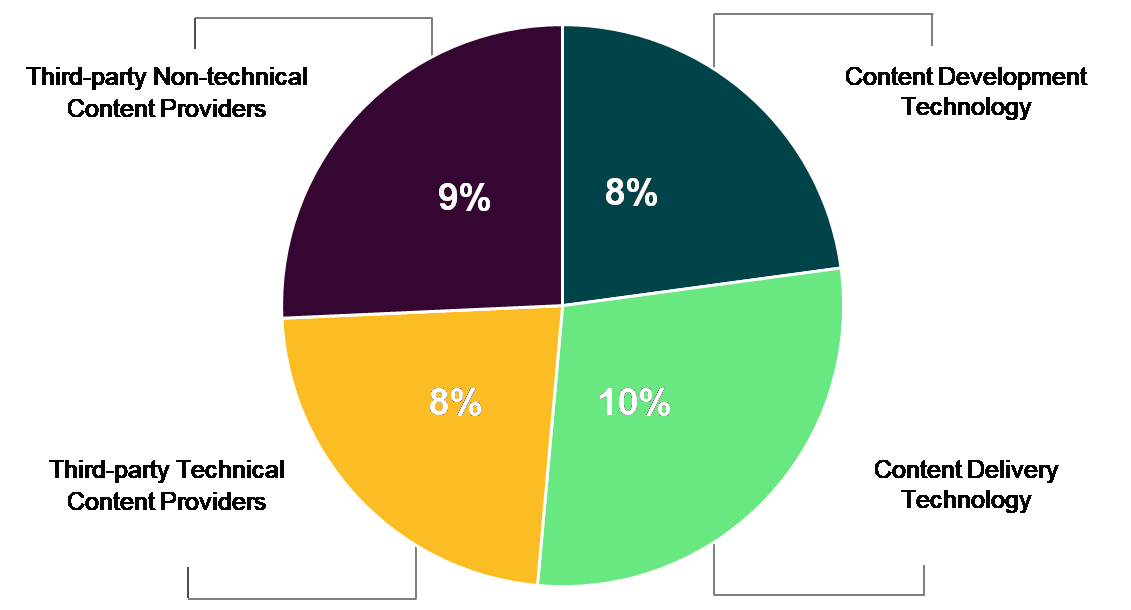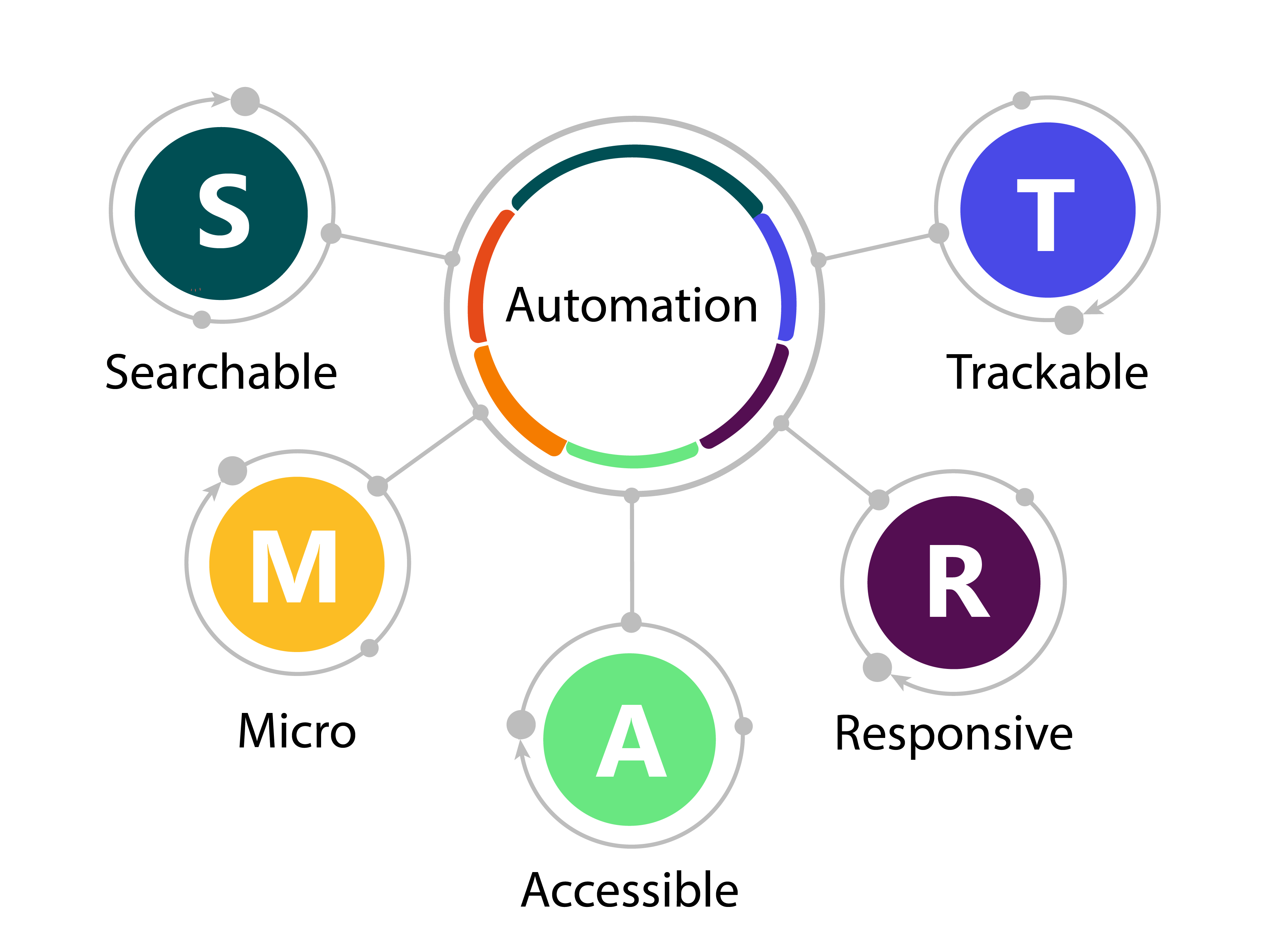
Digital transformation will continue to be at the center of organizational priorities in 2021, but to be ‘transformative’, organizations must revive and re-align their content. The L&D teams must think of contemporary strategies that will empower them to meet the expectations of the business and the modern learner.
Harbinger Group had the privilege of hosting highly accomplished L&D leaders for an engaging and interactive Power Hour discussion titled Content Modernization: Smart Strategies for Legacy Content. The panelists included Paul Schneider (Ph.D., SVP Business Development at dominKnow Inc.), Praveena Mitran (Digital Learning Lead at Bahwan CyberTek), and Rohan Bhosle (Associate Director at Harbinger Group). The discussion was led and facilitated by Dr. Vikas Joshi (CEO, Harbinger Group).
Content Modernization 101
“Content modernization refers to extending the life of learning content that an organization has already invested in – by keeping it relevant, current, and fresh”.
Dr. Vikas Joshi set the pace of the discussion with this simple explanation of the core theme.
According to Praveena, modernization entails more than merely switching technologies or making the transition from Flash to HTML5. It’s all about what it would take to attain the anticipated business outcomes, she said.
Paul’s connect with modernization stems from his interest in ‘what’s next’. His approach to modernization is learner-centric with a specific focus on enabling people to develop content that aligns with their exact moment of need.
Investments in Learning Content
‘What is the big deal about content’, one may ask.
Industry data reveals how there are significant investments made by organizations in various aspects of their learning content.
According to Brandon Hall Group’s Learning Benchmarking Study, over 35% of the L&D budget is allocated to content, as much as seven figures worth in many large organizations. The image below tells the whole story. That’s where content modernization’s drivers come into play.

Source: Brandon Hall Group’s Learning Benchmarking Study 2020
Read Why Modernize Learning Content? Things you Need to Know for more useful information.
What’s driving modernization – Disruptions in eLearning
Throughout the decade the eLearning industry has not just survived but thrived and grown many folds. According to Dr. Joshi, if there’s one overarching driver for content modernization, it’s the technology disruptions that have happened over a period of time. Right from the times of the internet to the mobile revolution with iPad, the cellular phones, the BYOD, and now the remote learning. Each of these disruptions is a driver of modernization, he elaborated.
Extrapolating from his team’s experience of helping a variety of customers with their modernization requests, Dr. Joshi classified modernization requests into the following categories:

5-types of modernization requests
“These requests give us a lens to determine what kind of strategies to use”, Dr. Joshi explained.
What was interesting and insightful about the panel discussion was the in-depth analysis of some of the hot buttons in content modernization. Praveena spoke from the perspective of an instructional designer, emphasizing on putting the learner in the middle of the entire experience. “We must start with where learners are”, she insisted. She touched upon user-centric models such as CCAF (Context, Challenge, Activity, and Feedback) which help develop a successful implementation strategy for modernization.
Listen to the Power Hour to understand more about the CCAF model.
Paul opted to focus more on enablement. “Just a responsive design is not enough,” he said. “You need to have the right tools that help you do that”. While emphasizing on the aspect of‘enabling learning’Paul introduced the idea of a ‘universal design’ and elaborated on its significance.
Do listen in to understand this better.
Rohan walked everyone through the xSmart framework that Harbinger has designed to aid modernization.
xSmart Framework
xSMART framework is a solution accelerator designed for teams to successfully implement and execute a content modernization strategy. This framework is an enabler to handle large-scale modernization projects using automation to develop searchable(S), micro(M), responsive(R), and trackable(T) digital learning material.

Harbinger’s xSmart Framework
With competition increasing rapidly, it becomes crucial for businesses to look for methodologies that can create a lasting learning experience. Watch the Power Hour session, now available on-demand, to learn more about the strategies and approaches for implementing successful content modernization.
What are your thoughts on modernizing legacy content? Have you come across any other factors which might be driving the need for content modernization?
Please write in the comment section or drop us a line at: contact@harbingergroup.com to discuss more.






